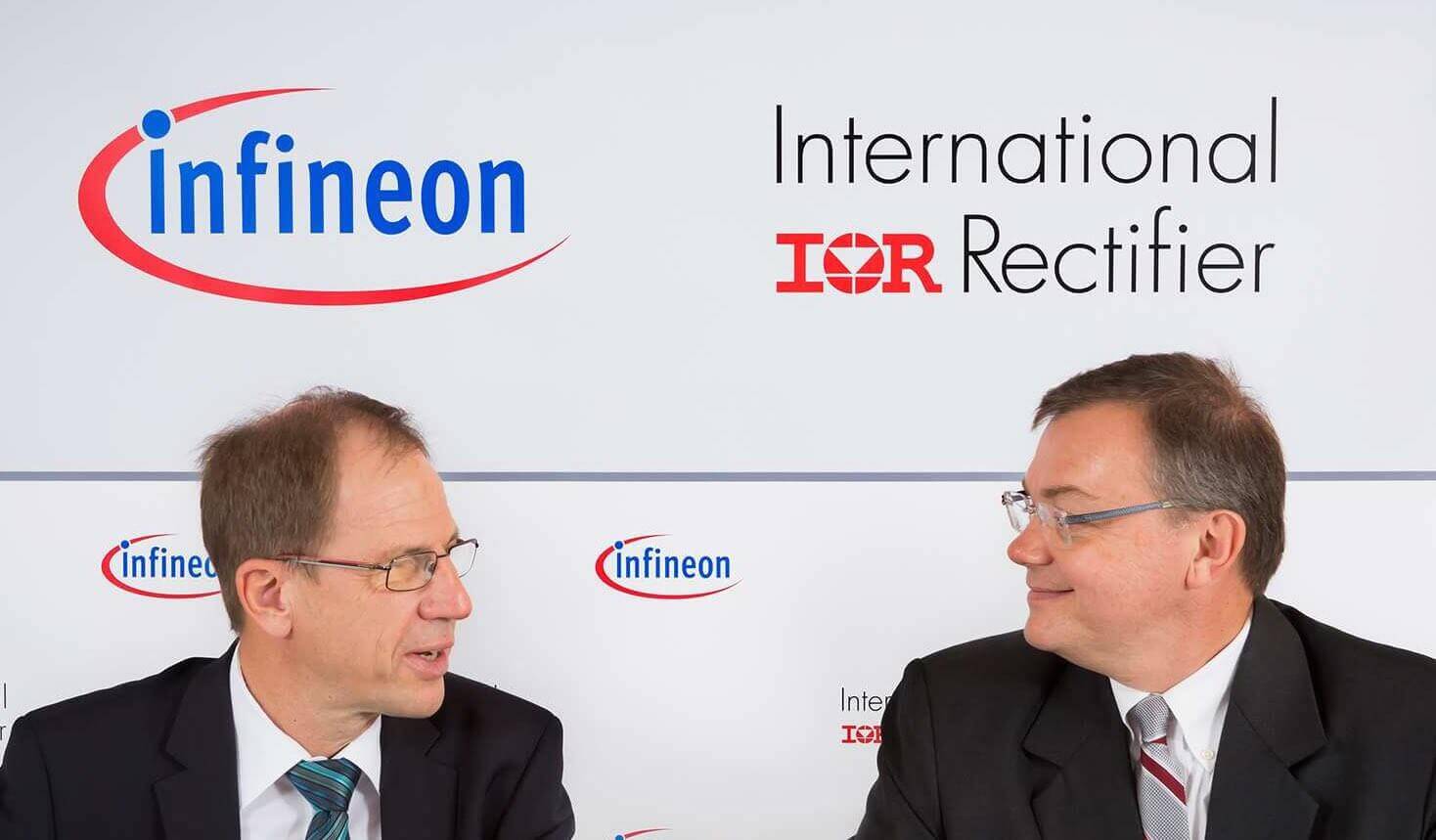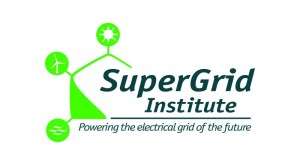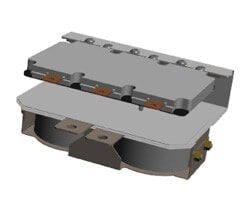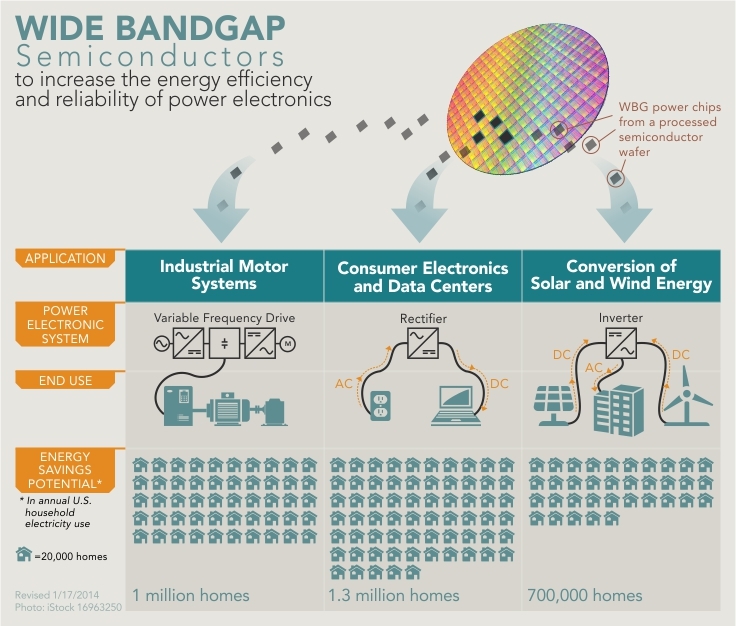
Applied Materials CEO Gary Dickerson, left, and Tokyo Electron Chairman and CEO Tetsuro (Terry) Higashi, right, unveil ‘Eteris™,’ the new name of their combined company once the merger is approved, at an event on Monday, July 7, 2014, in San Francisco, Calif.
Applied Materials, Inc. and Tokyo Electron Limited today unveiled the new name and logo of their combined company which will be used once the merger closes. Derived from the concept of eternal innovation for society, Eteris(TM) [pronounced: eh-TAIR-iss] embodies the spirit of what will drive the new company and speaks to what makes the combination unique.
“The new name for our combined company builds on the strong legacies of Applied Materials and Tokyo Electron, creating something even greater than the sum of the two,” said Tetsuro Higashi, chairman, president and CEO of Tokyo Electron. “At the time we announced our plans to merge, we said this was a bold step forward for our industry. The name Eteris demonstrates our commitment to a new and exciting future for our company to create and enable technology innovations that improve the way people live.”
“Eteris is innovative and forward-looking and our logo symbolizes expanding future opportunities driving a new era of innovation and growth,” said Gary Dickerson, president and CEO of Applied Materials. “With a new name, mission and vision, we are bringing our new company into focus so that we can move quickly, execute our combined strategy and begin to create value as soon as the merger closes.”
Eteris captures the company’s focus on innovations that will enable its customers and move the industry forward. Core to Eteris is the promise to leave a positive and lasting impact on the world. Paired with the name is a bold logo that celebrates Eteris‘ role in realizing the incredible possibility of technology. At the heart of the mark, the bright green square symbolizes the energy of the new company, the power of its technology and the foundation of innovation it provides to enable customer success. From the green foundation, bright colors and new dimensions expand, representing the many innovations Eteris will make possible every day. The logo represents expanding future opportunities that drive new innovation and growth.
The unveiling of the new company’s name and logo are the latest milestones in the merger’s progress. Last month the stockholders of Applied Materials and Tokyo Electron declared strong support for the combination. Approximately 99% of the shares voting at the Applied Materials stockholder meeting and 95% of the shares voting at the Tokyo Electron stockholder meeting voted to adopt the proposed business combination. These results underscore the value the combination brings to stockholders.
The closing of the business combination remains subject to customary conditions set forth in the parties’ Business Combination Agreement, including review by regulators in various countries. Applied Materials and Tokyo Electron expect the transaction to close in the second half of 2014.
Forward-Looking Statements
This communication contains forward-looking statements, including but not limited to those regarding the proposed business combination between Applied Materials and Tokyo Electron (the “Business Combination”) and the future performance of their combined businesses. Forward-looking statements may contain words such as “expect,” “believe,” “may,” “can,” “should,” “will,” “forecast,” “anticipate” or similar expressions, and include the assumptions that underlie such statements. These statements are subject to known and unknown risks and uncertainties that could cause actual results to differ materially from those expressed or implied by such statements, including but not limited to: the ability of the parties to consummate the Business Combination in a timely manner or at all; satisfaction of the conditions precedent to consummation of the Business Combination, including the ability to secure regulatory approvals in a timely manner or at all; Applied Materials’ and Tokyo Electron’s ability to successfully integrate their operations, product lines, corporate structures, transfer pricing policies, technology and employees and realize expected synergies, savings and growth; the level of demand for the combined companies’ products, which is subject to many factors, including uncertain global economic and industry conditions, demand for electronic products and semiconductors, and customers’ new technology and capacity requirements; Applied Materials‘ and Tokyo Electron’s ability to (i) develop, deliver and support a broad range of products, expand their markets and develop new markets, (ii) timely align their cost structures with business conditions, and (iii) attract, motivate and retain key employees; and other risks described in Applied Materials’ filings with the Securities & Exchange Commission, Tokyo Electron’s filings with the Financial Services Agency of Japan, and the registration statement on Form S-4 filed with the SEC by TEL-Applied Holdings B.V. and declared effective on May 13, 2014. All forward-looking statements are based on management’s estimates, projections and assumptions as of the date hereof. Except as required under applicable law, none of Applied Materials, Tokyo Electron or TEL-Applied Holdings undertakes any obligation to update any forward-looking statements.
About Applied Materials
Applied Materials, Inc. (Nasdaq: AMAT) is the global leader in precision materials engineering solutions for the semiconductor, flat panel display and solar photovoltaic industries. Our technologies help make innovations like smartphones, flat screen TVs and solar panels more affordable and accessible to consumers and businesses around the world. Learn more at www.appliedmaterials.com.
About Tokyo Electron
Tokyo Electron Limited (TSE: 8035), established in 1963, is a global supplier of semiconductor and flat panel display production equipment, and a provider of technical support and services for semiconductor, flat panel display and photovoltaic panel production equipment worldwide. TEL has located research & development, manufacturing, sales, and service locations all over the world. http://www.tel.com



 BE DC Link system is fully capable of supporting the voltage and current options that can be used with the new Infineon HP Drive module. Yet the size is greatly reduced from conventional DC Link systems used today with the larger HP2 module systems. The SBE system insures that the customer can actually realize the potential inverter power density improvement which can be facilitated by the Infineon HP Drive.
BE DC Link system is fully capable of supporting the voltage and current options that can be used with the new Infineon HP Drive module. Yet the size is greatly reduced from conventional DC Link systems used today with the larger HP2 module systems. The SBE system insures that the customer can actually realize the potential inverter power density improvement which can be facilitated by the Infineon HP Drive.

